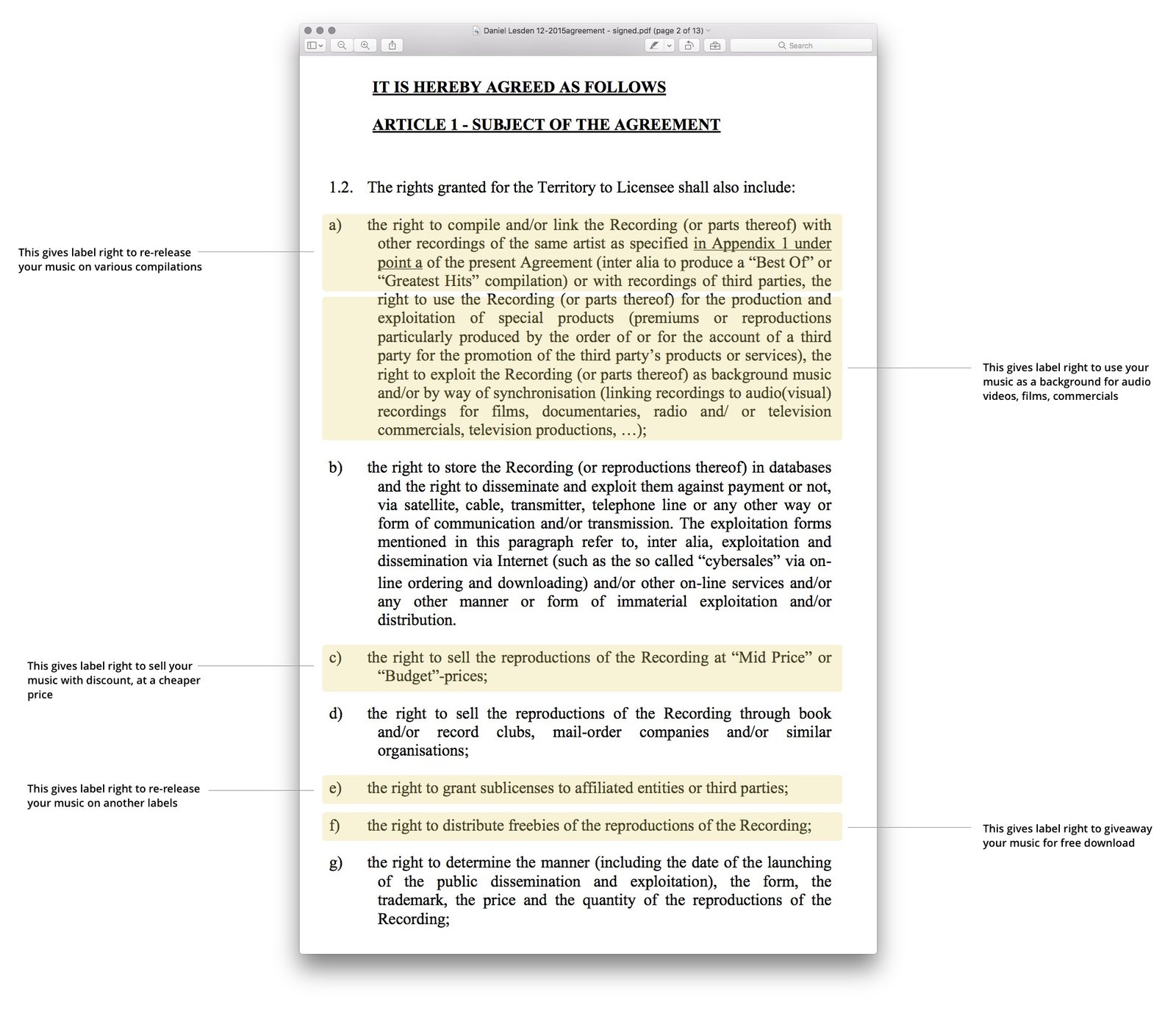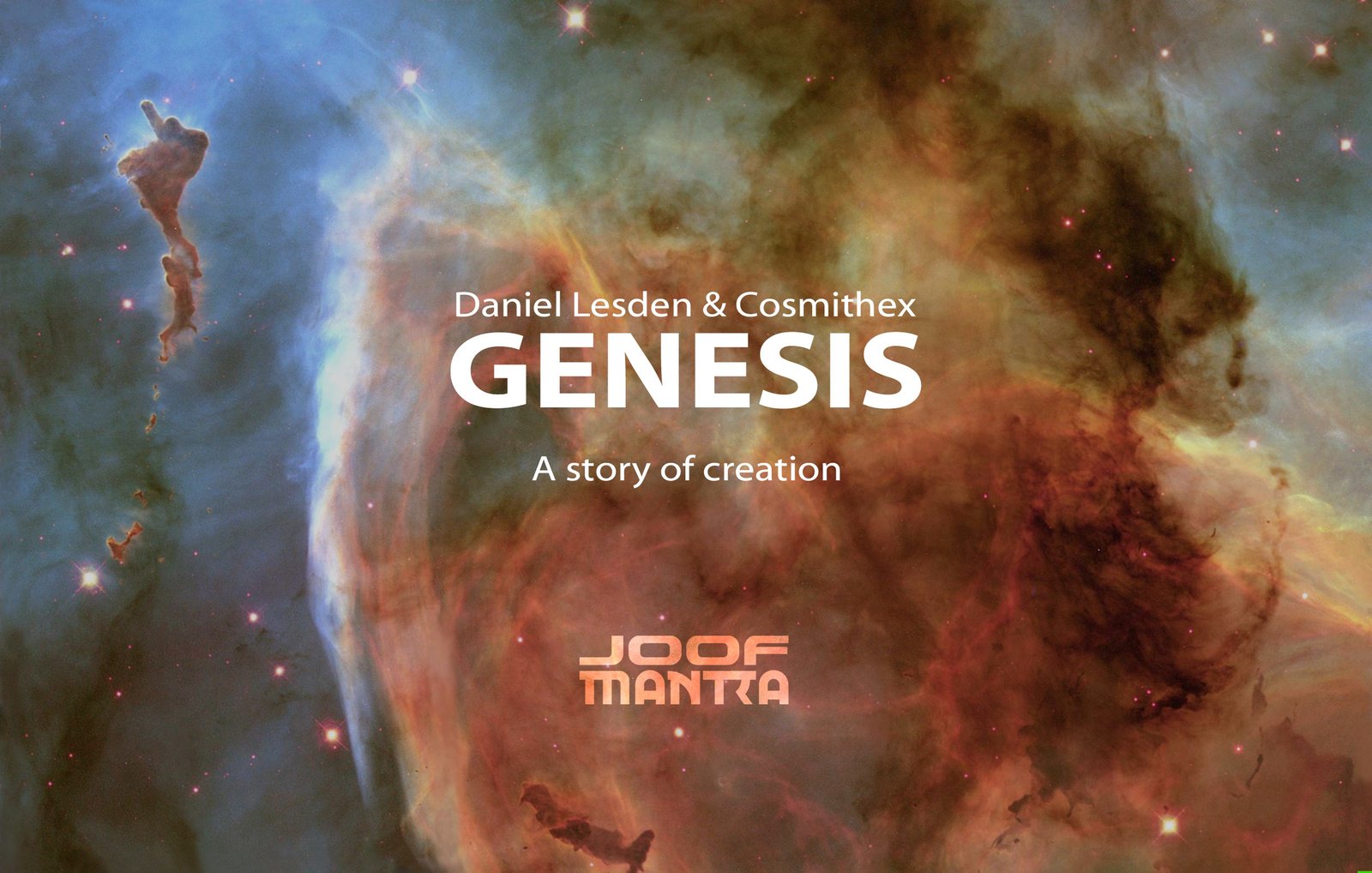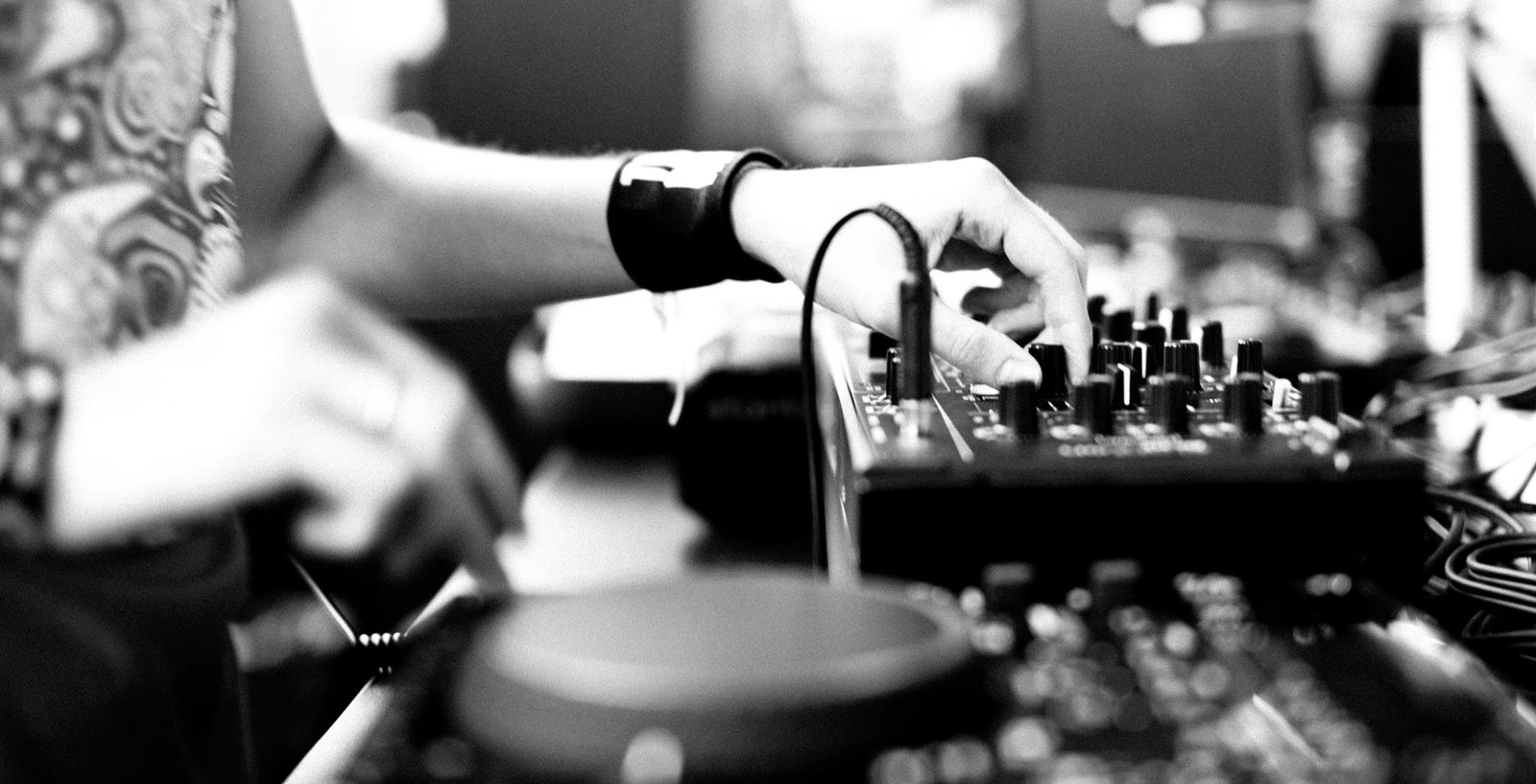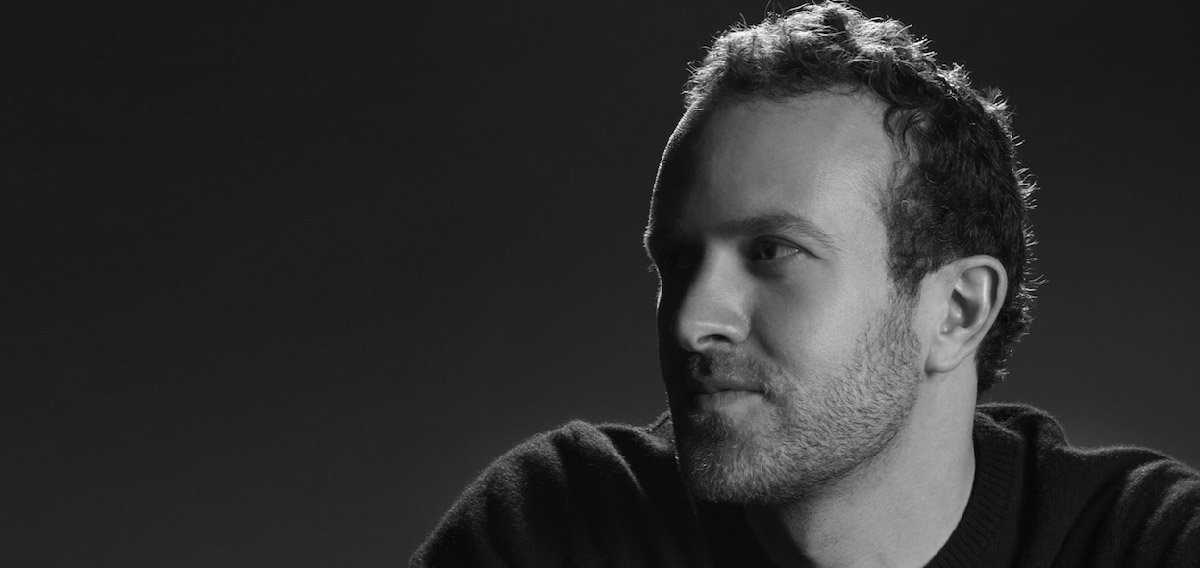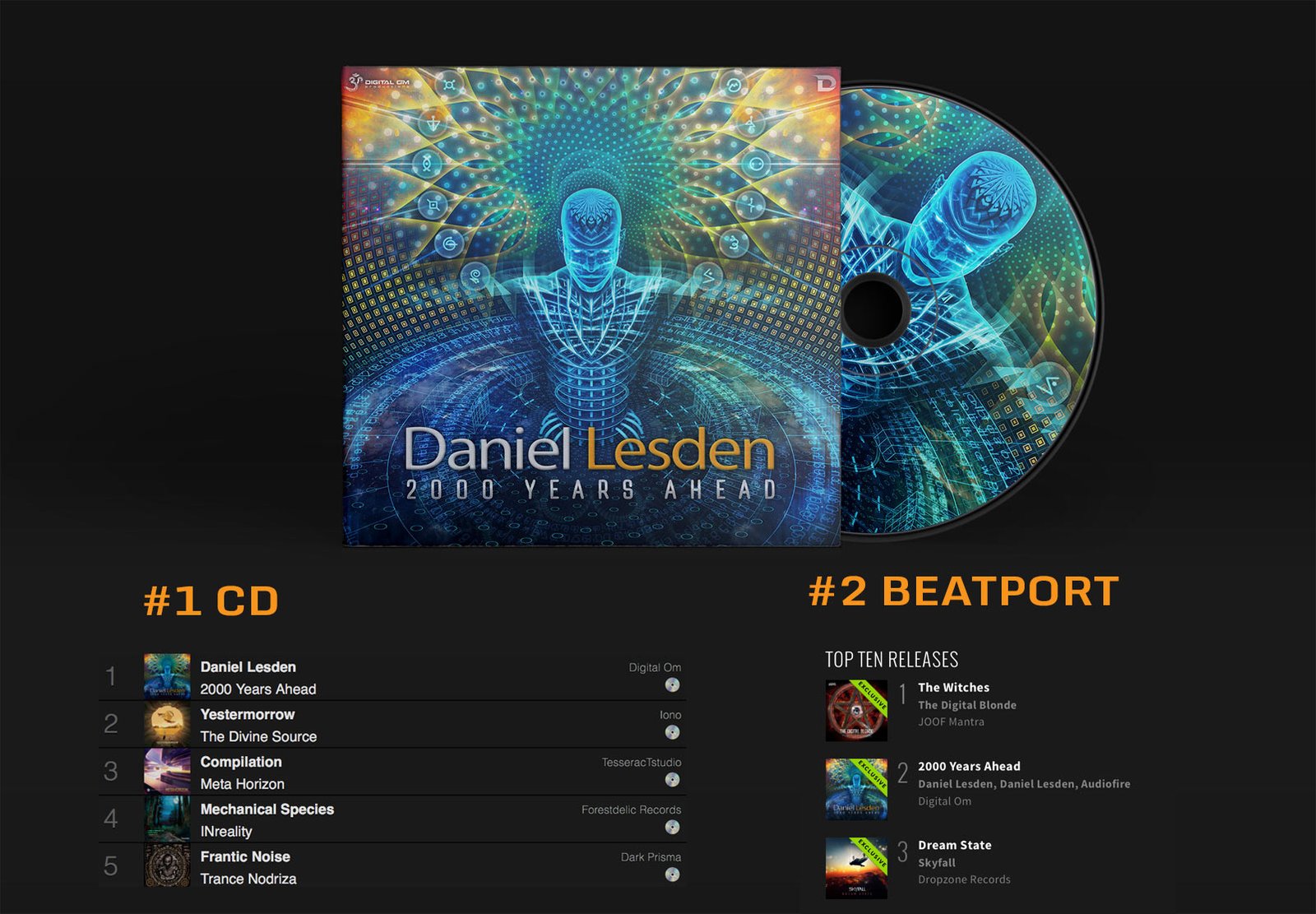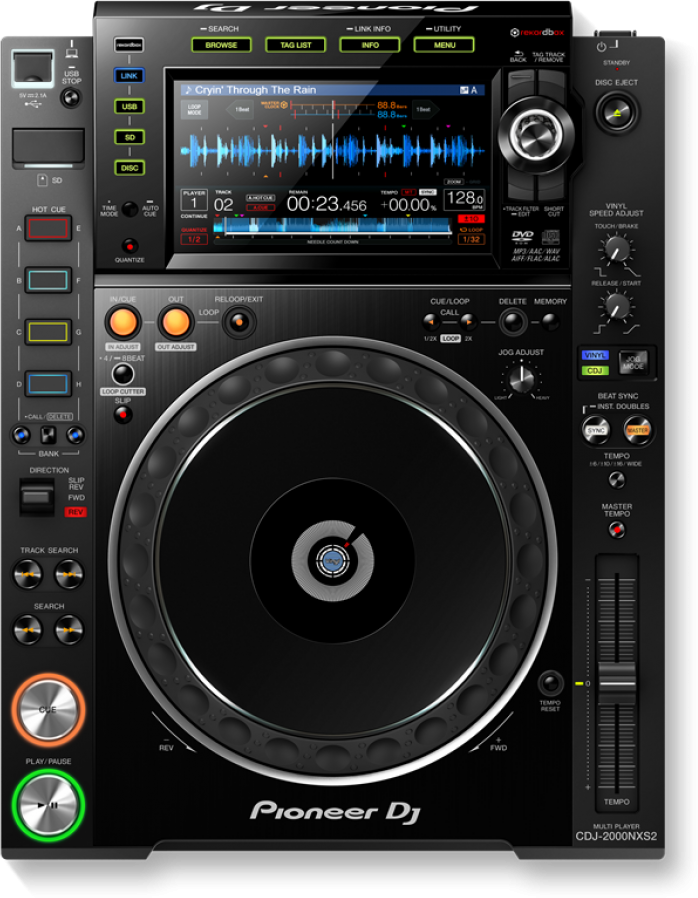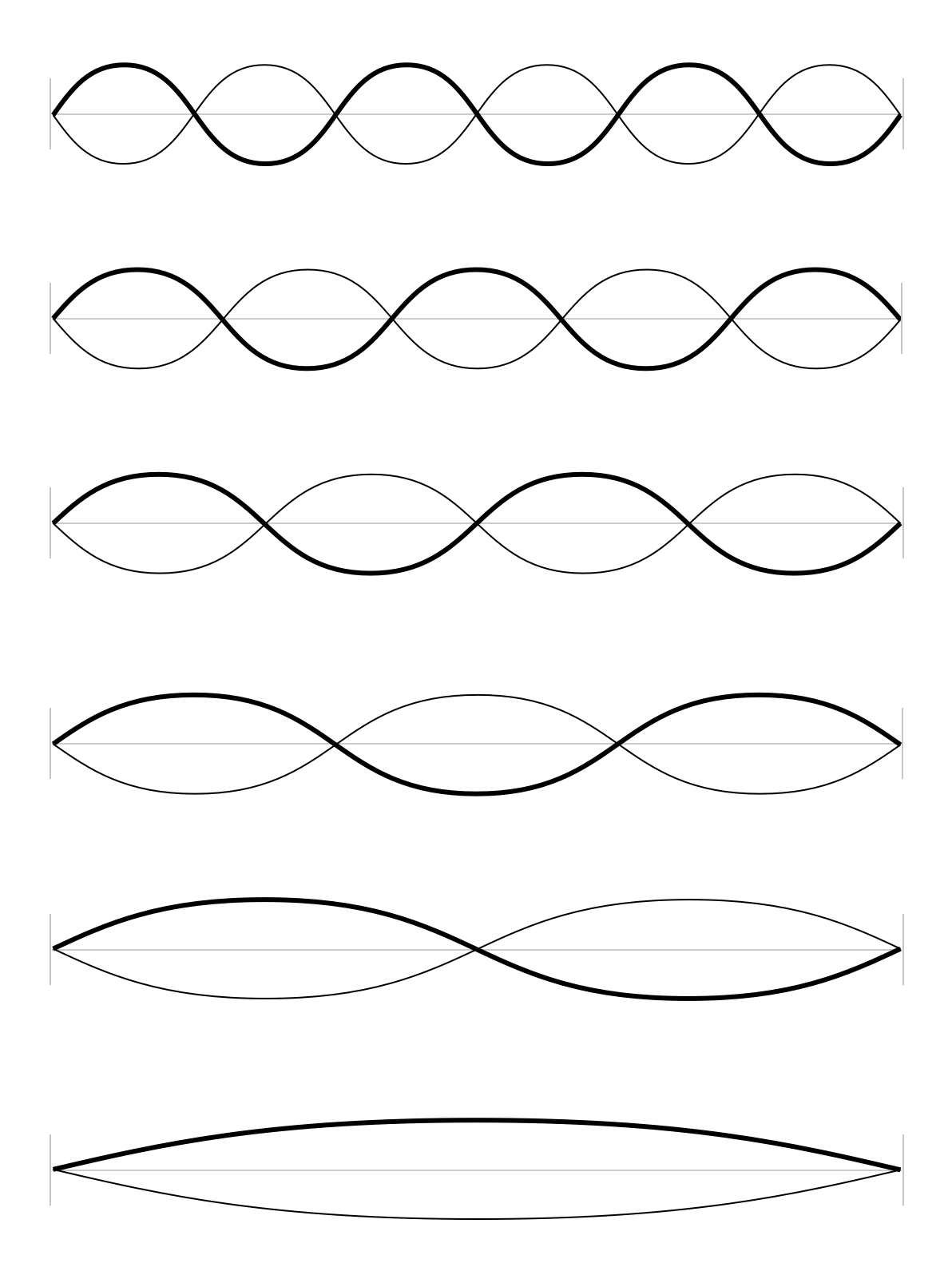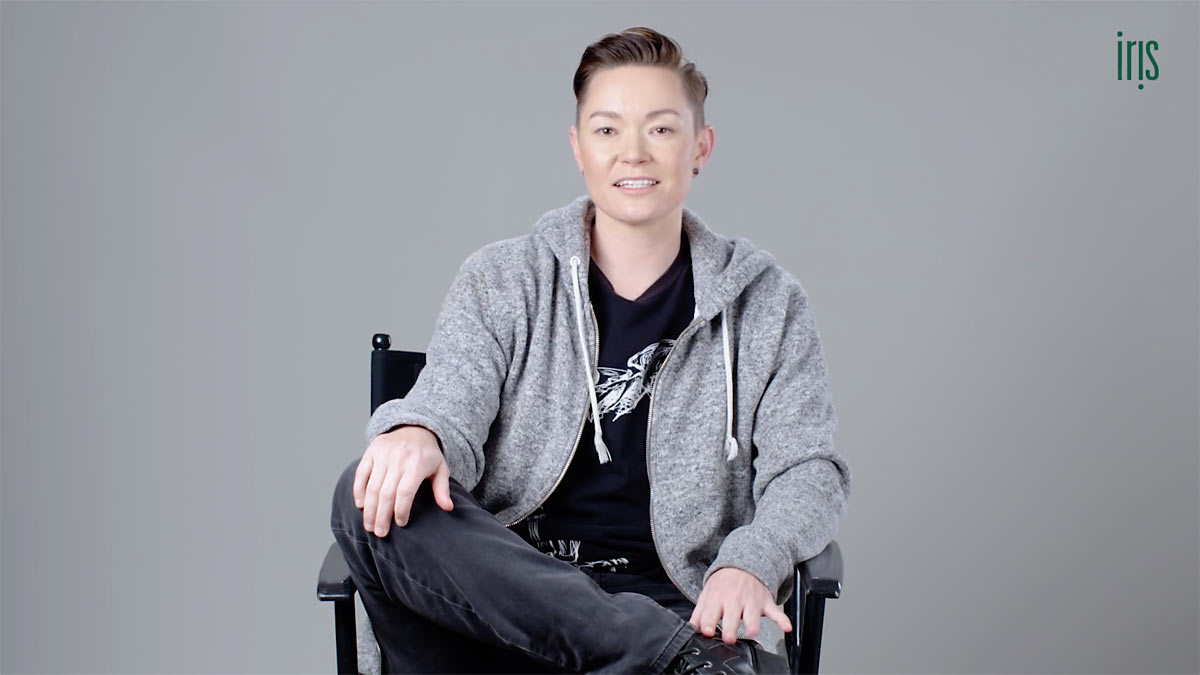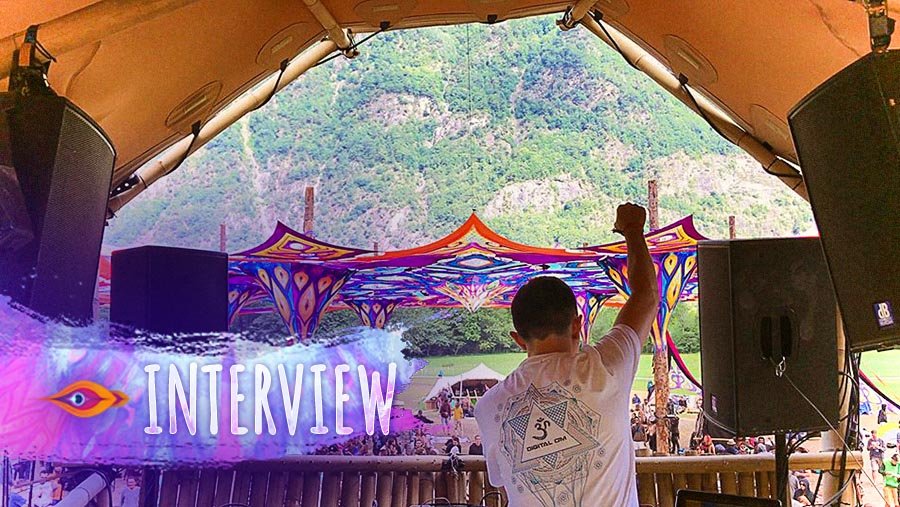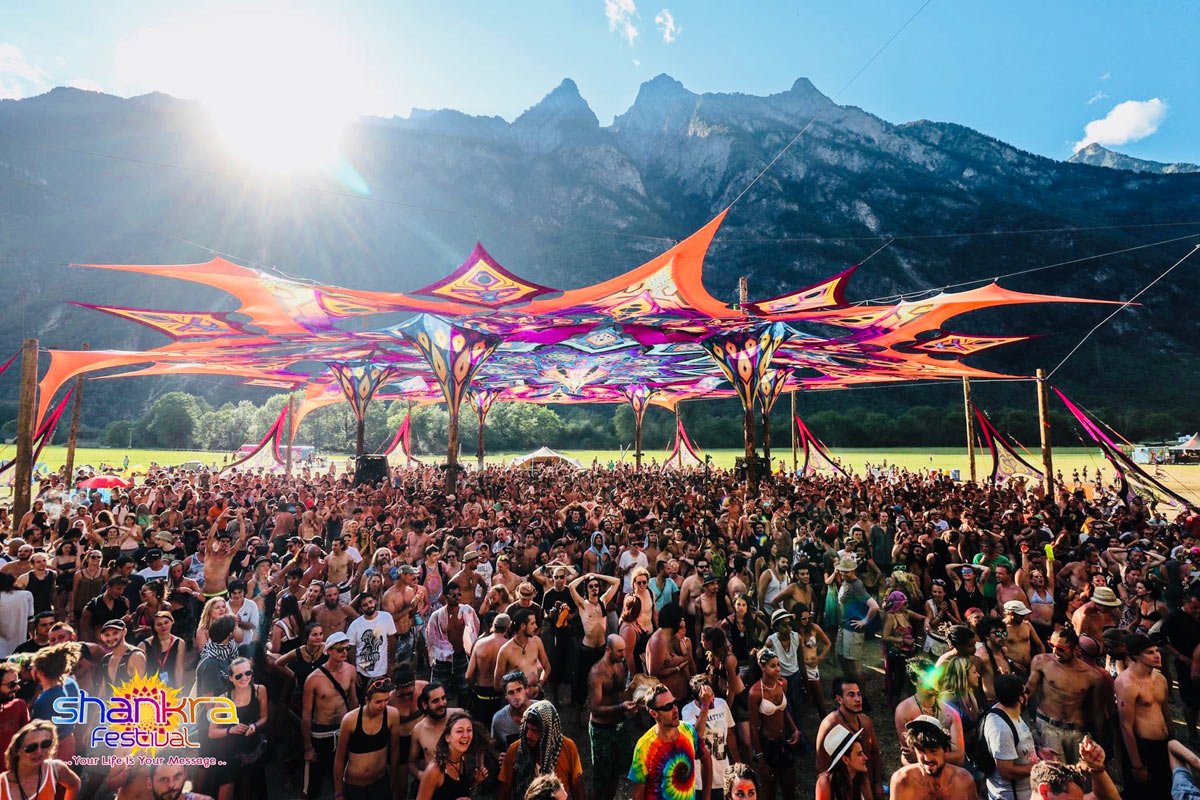Organising playlists by energy levels, vibe, and flow
It would be interesting to know how you prepare your DJ sets, how you decide which track will be mixed well with the previous one, how on stage you choose such tracks that were not included in your planned tracklist, etc.
Vlad Zabolotsky
How to organize your music collection in order to quickly pick the right track at the right moment out of tons of material?
Dj Nerva
Preparing for the performance includes a lot of things: negotiating with the promoter, visiting the venue (when possible), agreeing on a technical and domestic rider, researching the lineup and communicating with other artists, thinking through and launching an advertising campaign, recording a video invitation or a promo mix, working on social media and much more. Maybe someday I’ll tell you about it, but today is all about the “creative” part, the music.
I don’t think of DJ as a creative profession, hence this word is quoted. I’ll write my thoughts on this later
Vlad, to answer the question of how I decide which track will be mixed well with the previous one, I have to explain the structure of my DJ collection first. A similar question was sent by Dj Nerva, so I will combine them into one.
Rekordbox and playlists
DJs play on various media, apps, and gear: laptops, disks, flash drives, vinyl, smartphones; on Pioneers, in Ableton, Traktor, Serato, and many more options. Speaking of myself, I use three things: Recordbox, USB sticks, and Pioneer media players.
On audio formats support
Here is how it works. First, I add music to Rekordbox on my laptop. Then I carefully tag the tracks so that they are automatically distributed among the ‘intelligent’ playlists, and sync these playlists to the USB sticks. Then in the DJ booth, I connect my USB sticks to the Pioneer players, and inside I see all the playlists exactly as I structured them on my laptop back home. And this is the key moment because thanks to these playlists I can easily find that very track I want to play next within a few seconds.
Now I’ll tell you about the key playlists that make up the structure of my collection.
Energy levels
First of all, after adding tracks to Recordbox, I assign them the energy level. This is the main criterion. The most important thing here is that the level of energy is how I feel the tracks and not a formal thing like the tempo or anything like that.
How DJs usually do
Here I want to make a little detour and tell how DJs usually do. Most DJs pre-select the required amount of tracks in advance and arrange them in the order in which they plan to play. So that is complete predestination. Of course, such pre-planned sets can sound great at home, but they might be completely inappropriate on the dancefloor.
It may seem that only newcomer DJs do this, but no: even those who have been performing for more than a decade are doing this, so it’s really common. Some DJs even record the whole mixes in advance and during the performance they basically fake, but this is just so wrong so I won’t even discuss it.
More proficient DJs don’t prepare sets in advance in such a way but select tracks right during the set looking at the crowd in front of them. Most often, they use tempo as a plain simple criterion for choosing the next track.
So it turns out about the following. Let’s assume the following track is playing on the dancefloor:
A DJ thinks: “Aha, 122 BPM. The dancefloor is going on well, everything is fine, let’s not slow down the pace.” He is looking for the next track in his digital library of hundreds of tracks, scrolling and scrolling that rotary knob, and he finds this — a track in the same key and even two BPM faster:
Obviously, the energy on the dancefloor went down; people going out. Lowering the energy during a set down is fine if you know why you are doing this. But if the DJ from the example above wanted to keep the driving vibe, then this is a failure.
Or here’s the opposite example. Suppose a DJ is playing such melodic progressive:
He does not want to speed up the tempo, so he finds the track in the same key and even one BPM lower, and in addition also from the same record label:
Do you get it?
It is clear that the energy is partially correlated with the genre, and as a result — with the tempo. However the relationship of energy level and the tempo is not always that obvious, and it is not always predictably linear.
This is why relying simply on the tempo of the tracks and thus mechanically selecting the next track for mixing is clearly not worth it, and hence I organise my tracks by the energy levels instead.
So, now going back to the energy levels I use in my Rekordbox. In total, I make five levels:
| ★ |
Opening |
| ★★ |
Build-up |
| ★★★ |
Driving |
| ★★★★ |
Peak-time |
| ★★★★★ |
Banging |
Experienced guys might have noticed that these names resemble a type or time slot of a DJ set: opening, warming, “peak-time” and so on. Indeed, speaking of the energy level, I immediately think about the scenarios for using a particular track. In other words, I ask myself: “At what point of the event would it be appropriate to play that particular track?”.
For example, I can easily put a driving track in the middle of a warming-up set if I realise that I need to cheer up the dance floor a bit, or vice versa – put a warming-up track in the middle of the night, if I decide to give the crowd a little rest.
energy level is how I feel the track
Update from February 2024
I’m now sharing my entire DJ collection and all of its 80+ live-updating playlists as one of the exclusive benefits for my Patreon subscribers. It’s a great material for learning and inspiration to see how I organise my playlists, a real behind-the-scenes peek into the mind of a DJ. If it sounds interesting to you and want to get access to it, consider joining me on Patreon (and have many more goodies besides this DJ collection). For more details, visit dsokolovskiy.com/patreon.
Inside the energy level playlist, I make four more sub-playlists nested according to what I call vibe and the flow:
| Dark Hands-up |
| Dark Heads-down |
| Melodic Hands-up |
| Melodic Heads-down |
And here the most interesting part begins.
The vibe
“Dark” and “melodic” are more or less intuitive terms, although the names are very nominal. This is the emotional ‘colour’, the mood of the track.
First, a couple of obvious examples. Here is the “melodic” — think of rainbow, butterflies, flower meadow:
And here’s the “dark” — twilight, anxiety, hypnotism:
Please note that these tracks even have the same key, but how different their mood is.
But there is also a less perceptible difference. This is especially true for Techno, where a pronounced musical part is not always present.
Listen to this:
Is it “dark” or “melodic”? Someone can say, “what are you talking about, there are just a kick, bass, and hi-hats, how can you understand anything?”. For me, the answer is clear: if while listening to the track I’m smiling like an idiot, then this is “melodic”.
Now listen to this track. I specifically chose a similar style and even the same artist to shift the focus of attention only to the vibe:
To me, this track is colder and more aggressive, hence clearly “dark”. And if you think there’s not much of a difference when listening at home, there is a huge difference on the dancefloor.
The flow
“Hands-up” and “heads-down” are pretty unique entities, and I didn’t see anyone using these terms for their music libraries.
To me, this is all about the structure of the tracks: build-ups, breakdowns, pitch-rising effects, big drops, climax etc. In other words, how the tracks flow.
If the track goes smoothly, and you can just dance and keep dancing without being distracted by the breaks and big drops every minute or so, then this is the “heads-down”. In a sense, we can say that the heads-down tracks are more monotonous. This is not very accurate, but sufficient for a general understanding.
What is Progressive
If there are constantly some breaks, new leads, intense breakdowns and all those big things where people literally put their hands up, literally, then it’s “hands-up”.
Below are a few examples:
Pay attention to the breakdown in the middle and drop at 1:30. This is “hands-up”.
Another example:
You probably realised by now that this is “hands-up” too.
From the two examples above it may seem that the hands-up is always something melodic and cheesy. But for the vibe, we have another criterion, and here we are talking only about the structure. Just both of these tracks are “melodic hands-up.”
Here is another “hands-up”, but this time it’s “dark”:
And now let’s take a listen to “heads-down”, for contrast:
Can you feel how much smoother this track is?
If it seems to you that heads-down is necessarily something slow and deep, here’s a driving Psytrance example:
Note how this track just is going and going without interruption, you can close your eyes and just dance without the breakdowns.
Speaking of breakdowns, listen to this track:
Here the breakdown is stretched for a minute and a half, but notice how smooth and even monotonous it is, again, if we compare it to breakdowns in the hands-up tracks.
Therefore, knowing the energy level, the vibe, and the flow of the track, I can fully control the direction of the set. And thanks to the playlists, I know exactly where the next track is. This classification of all the tracks and new arrivals in my media library is the main work on the preparation of my DJ sets.

